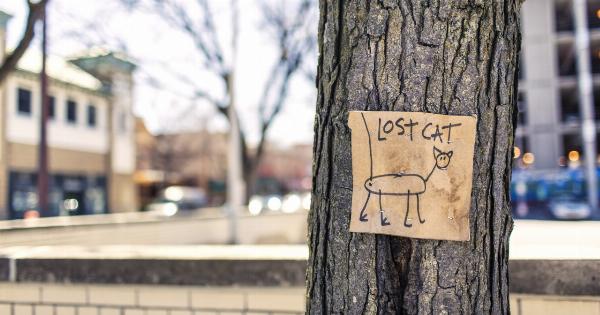Gout is a painful and potentially debilitating condition that affects millions of people around the world. It is caused by the buildup of uric acid crystals in the joints, which leads to intense pain, inflammation, and swelling.
While most people associate gout with severe pain in the big toe, there are actually several hidden signs of gout that you should not ignore. In this article, we will explore these hidden signs and discuss why early detection and treatment are crucial.
1. Joint Pain
One of the most common signs of gout is joint pain. While the big toe is the most commonly affected joint, gout can also affect other joints in the body such as the ankles, knees, wrists, and elbows.
The pain is often sudden and severe, making it difficult to walk or use the affected joint.
2. Redness and Swelling
Gout can cause noticeable redness and swelling in the affected joint. The joint may appear inflamed and feel warm to the touch.
This is a result of the body’s immune response to the presence of uric acid crystals, which triggers an inflammatory reaction.
3. Limited Range of Motion
If you notice a decreased range of motion in one or more of your joints, it could be a hidden sign of gout. The accumulation of uric acid crystals can cause stiffness and difficulty moving the affected joint.
This can significantly impact your daily activities and quality of life.
4. Tenderness
Another hidden sign of gout is tenderness in the affected joint. The joint may feel tender to the touch, and even the lightest pressure can cause extreme pain.
This tenderness is often accompanied by redness and swelling, further indicating the presence of gout.
5. Fatigue
Gout attacks can be exhausting, both physically and emotionally. Many people experience fatigue during a gout flare-up, as the body is working overtime to fight off inflammation and restore balance.
If you find yourself feeling unusually tired or drained, it could be a hidden sign of gout.
6. Kidney Stones
Although not directly related to joint pain, gout can lead to the formation of kidney stones. Uric acid crystals can accumulate in the kidneys, forming small, hard deposits that can cause severe pain when passed through the urinary tract.
If you have a history of kidney stones, it is important to be aware of the hidden link to gout.
7. Recurring Flare-Ups
One of the key characteristics of gout is its tendency to come and go in episodes known as flare-ups. While the symptoms may subside after an attack, gout often returns, causing repeated bouts of joint pain and inflammation.
If you experience recurring flare-ups, it is essential to consider gout as a potential underlying cause.
8. Fever
In some cases, gout can be accompanied by low-grade fever. The body’s immune response to the uric acid crystals can cause systemic inflammation, leading to an elevated body temperature.
If you have unexplained fever along with joint pain and swelling, it is important to consult a healthcare professional.
9. Nodules
Advanced cases of gout can lead to the formation of nodules called tophi. These tophi typically develop in the joints, fingers, earlobes, or elbows and often indicate long-standing and untreated gout.
If you notice any unusual lumps or bumps around your joints, it is important to seek medical attention for proper evaluation.
10. Dry, Peeling Skin
Gout can also affect the skin surrounding the affected joint. Some individuals may experience dry, peeling skin in the area, accompanied by itching or a burning sensation. This skin involvement is a hidden sign of gout that should not be ignored.
Early detection and treatment of gout are crucial for managing symptoms, preventing complications, and maintaining a good quality of life.
If you suspect you may have gout or are experiencing any of the hidden signs mentioned above, it is important to consult with a healthcare professional for proper diagnosis and management.































